Tihany - Part 1 - Animals, flowers and rocks
I prefer to hike on weekdays when there are far fewer outside, so I can give myself much better to the vibrations of nature. Tihany was the last destination, which is one of the "jewel boxes" of Lake Balaton, but now it is not the houses of the village that are interested, but the remains of volcanoes millions of years ago and the sub-Mediterranean life.
Here, human activity seems to be in harmony with nature, as evidenced by pastures, vineyards and lavender fields. I’m not talking now about some wealthy builders expanding by circumventing conservation laws, scouring the hillside to build a swimming pool, for example. It will be the subject of later articles if my tempers subside.
I decided to go around this single peninsula of Lake Balaton.
Once I walked all the way through, the trail is easy to follow and leads to more and more spectacular places.
I started my journey at Inner Lake, where gray cattle graze - fenced with an electric shepherd, of course.
Majestic animals with huge horns. A few hundred years ago, they still existed in millions in the Carpathian Basin and were of immense value. People’s wealth were also measured in cattle, and cattle shepherds were also valued.
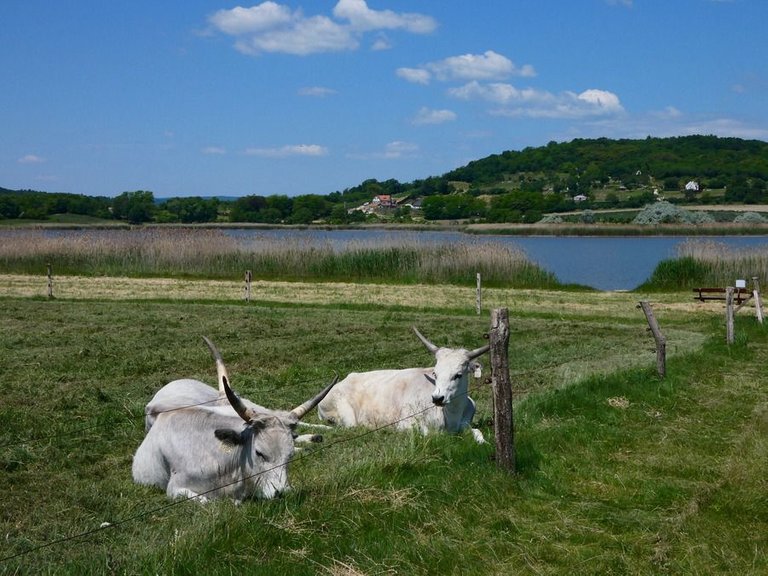
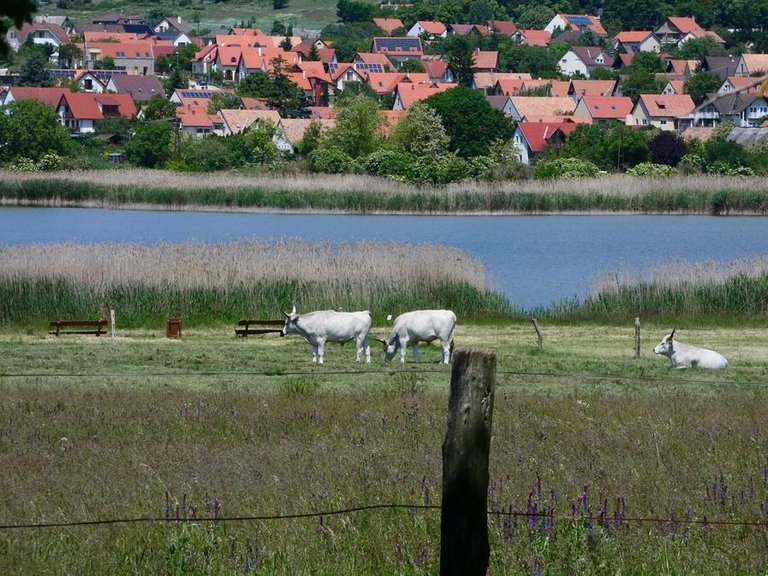
The ground squirrels live here, there are plenty of them. They often watch as they straighten up, then disappear into their cavities in a moment. They are most likely to be attacked from above, the main food for birds of prey.
In the old days, people (especially gypsies) consumed its meat. Water was poured into their cavities and the animals escaped and were thus caught, right next to the hole.
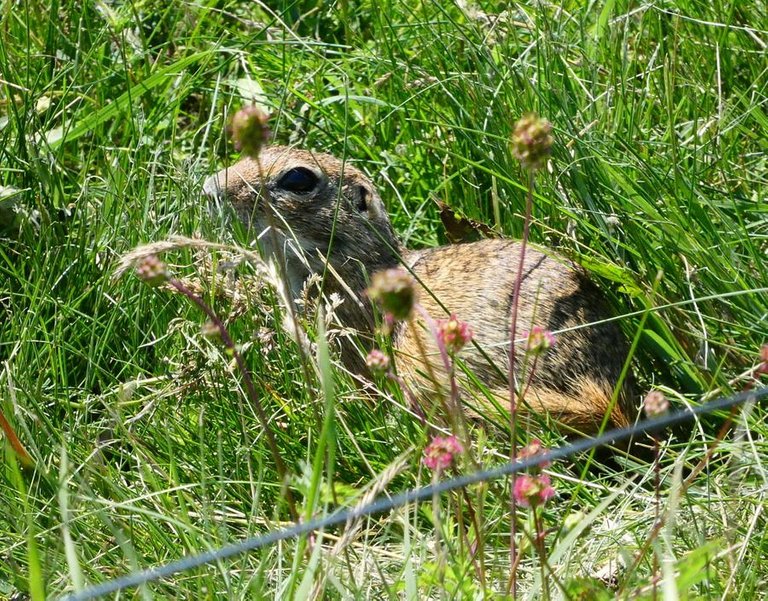
Nowadays, it is very rare to meet a donkey. And how unpretentious, hardy animals are! They came to me curiously, I stroked them carefully, taking care not to be shaken by the electric shepherd. They were once indispensable animals, especially for shepherds, they carried the heavy burdens of wandering.
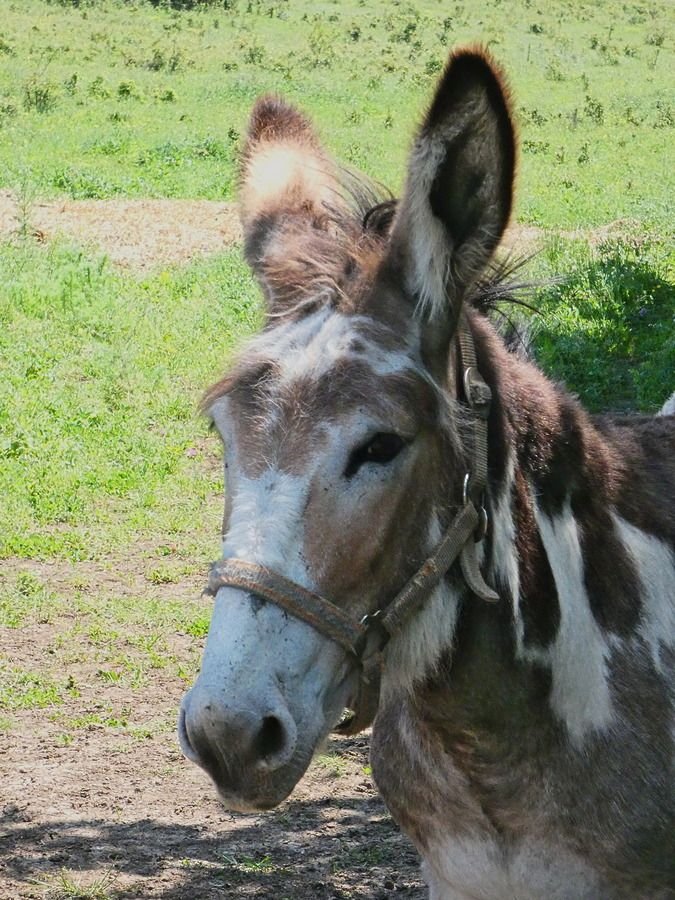
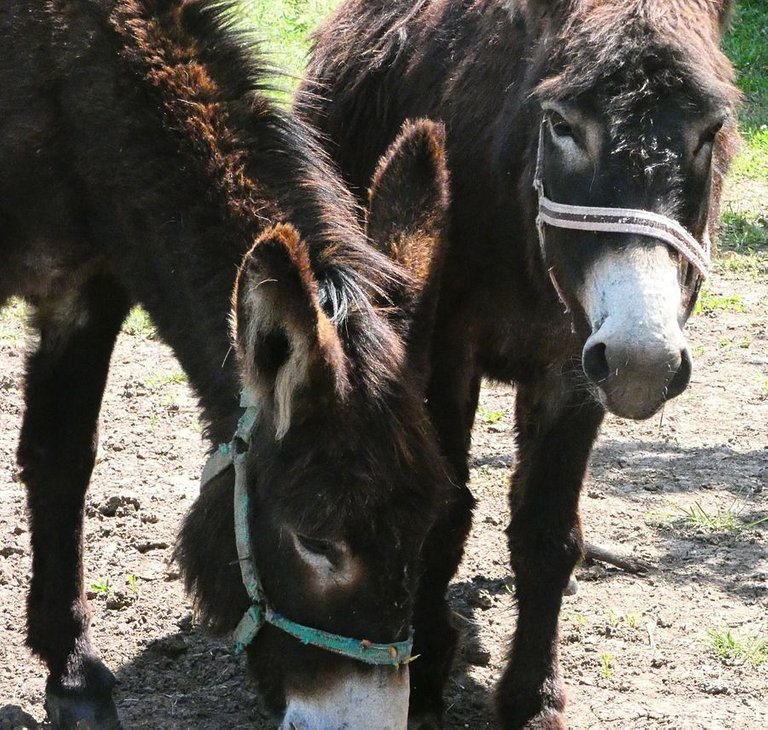
There are detours on the trail in some places where you can climb a rock and the view is wonderful.
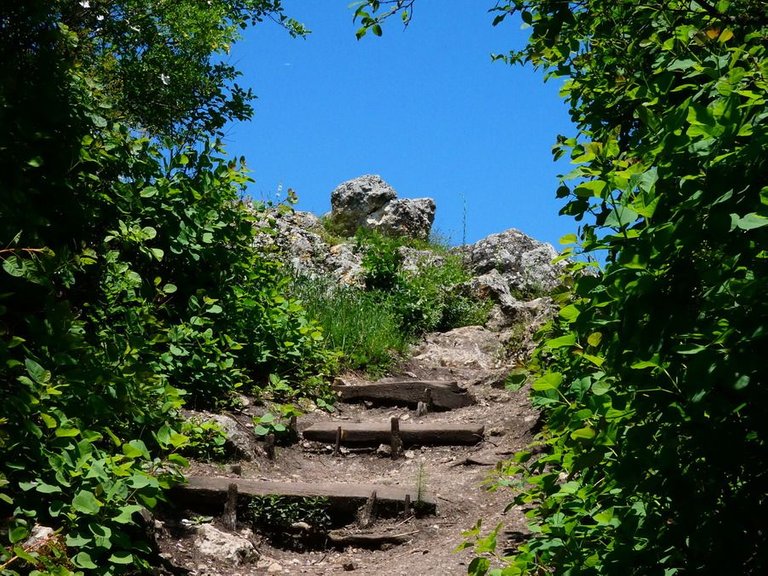
Here lives the "burning bush" or "witch weed". Nice, useful, but also dangerous. Its strongly lemon-scented essential oil causes burns, so do not touch it!
It used to be considered an herb and is now protected.
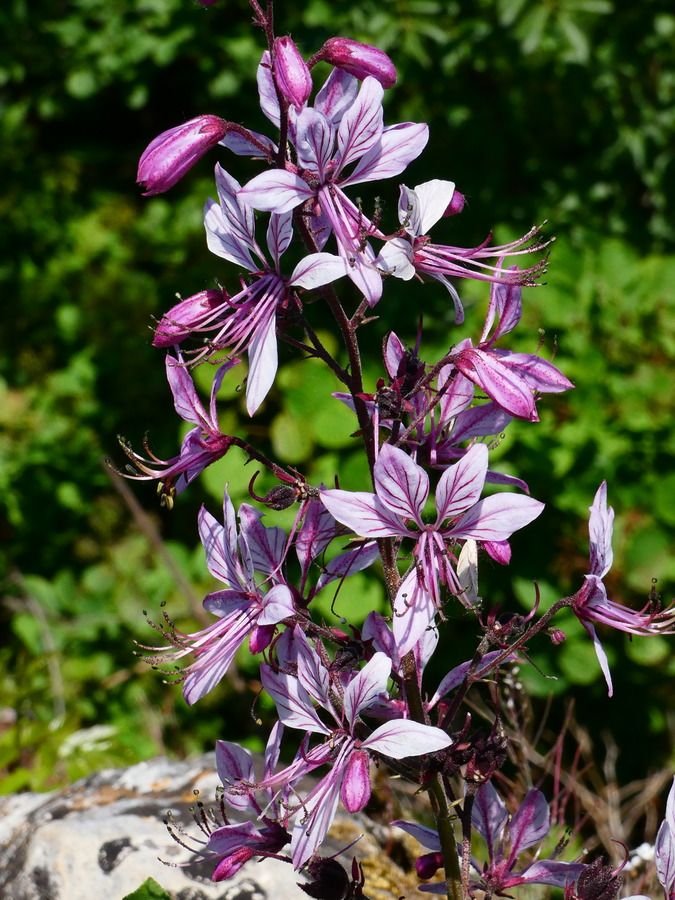
A "stray" poppy here - so tiny because of the lack of nutrients.
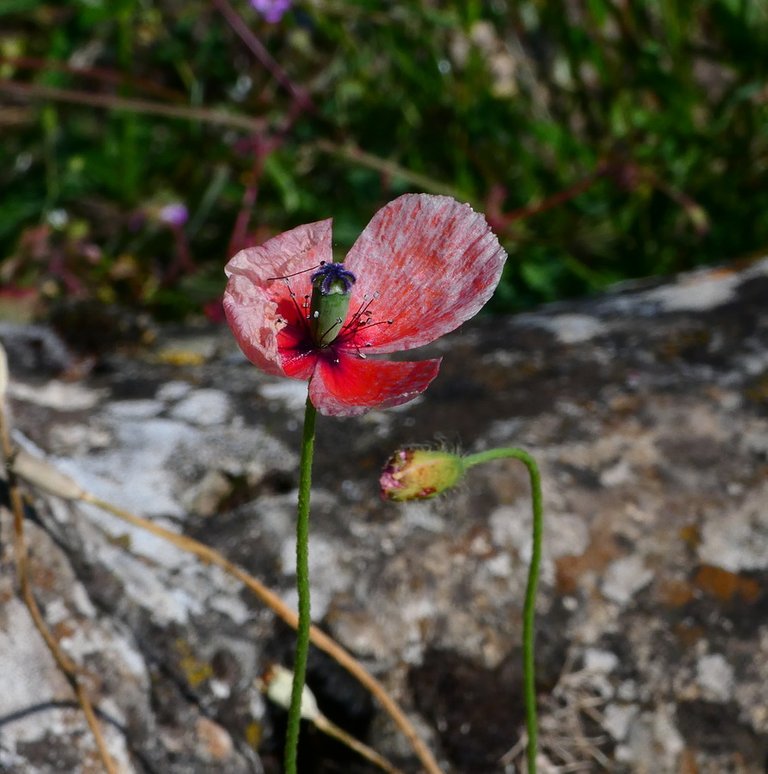
Rocks of the "Golden House" - remains of an ancient thermal spring (Text of the information plate)
The spring cones are unique geological forms of the peninsula. They were formerly thought to be as geysers. These were in fact not salient springs, but thermal springs, which appeared either in groups or by themselves several millions of years ago along fault lines, on the surface. They dissolved lime and silica content of the exiting and suddenly cooling water, precipiated on the spot gradually heightening and sideway extending the cone. Cross sections in the bulky - or sometimes thin-sheeted - rock have been opened by mining. Aranyház - Golden House - is the largest of the geyser cones of the peninsula. The name comes from the yellow lichens covering its surface.
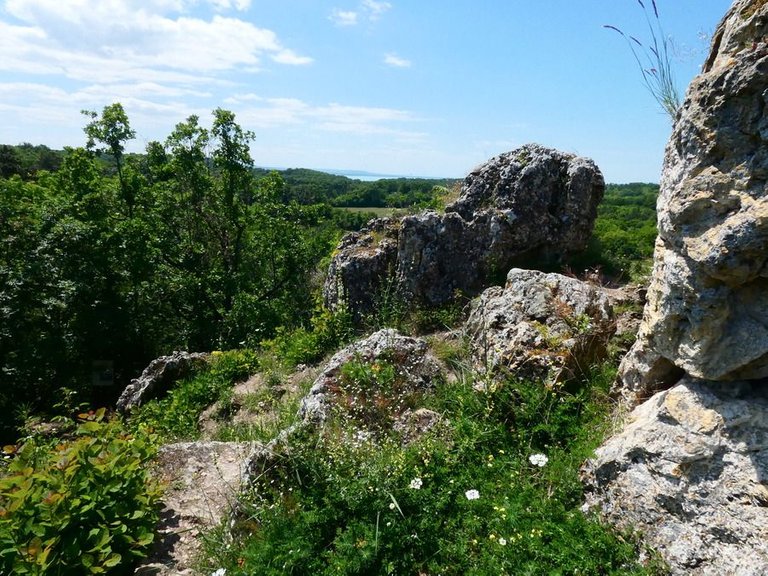
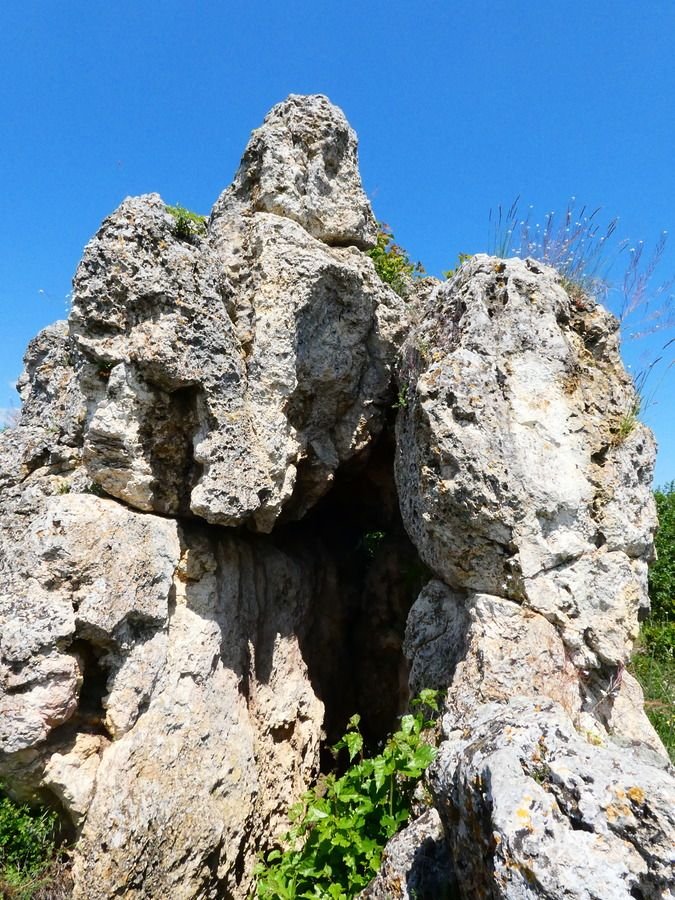
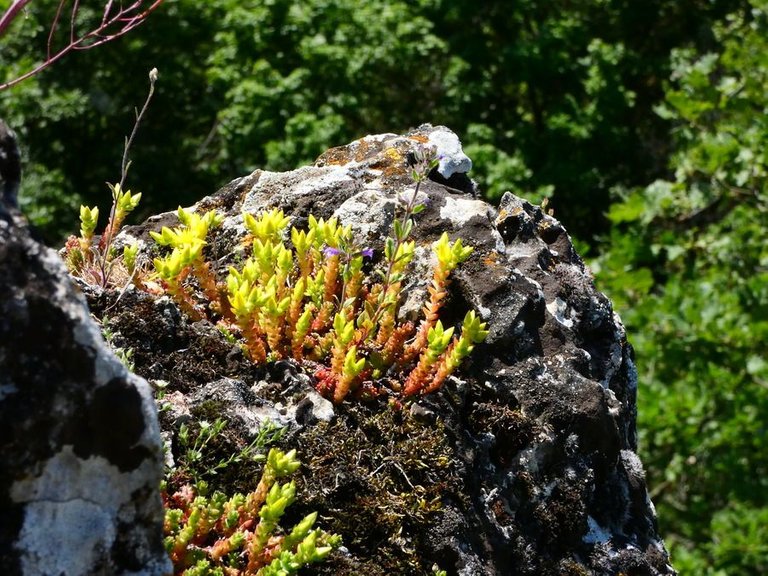
To be continued soon!
With lots of love from Kalemandra

Very nice shots! Send you a !PIZZA
@kalemandra! I sent you a slice of $PIZZA on behalf of @lxsxl.
Learn more about $PIZZA Token at hive.pizza (1/10)
Your content has been voted as a part of Encouragement program. Keep up the good work!
Use Ecency daily to boost your growth on platform!
Support Ecency
Vote for Proposal
Delegate HP and earn more
@tipu curate 2
Upvoted 👌 (Mana: 52/78) Liquid rewards.